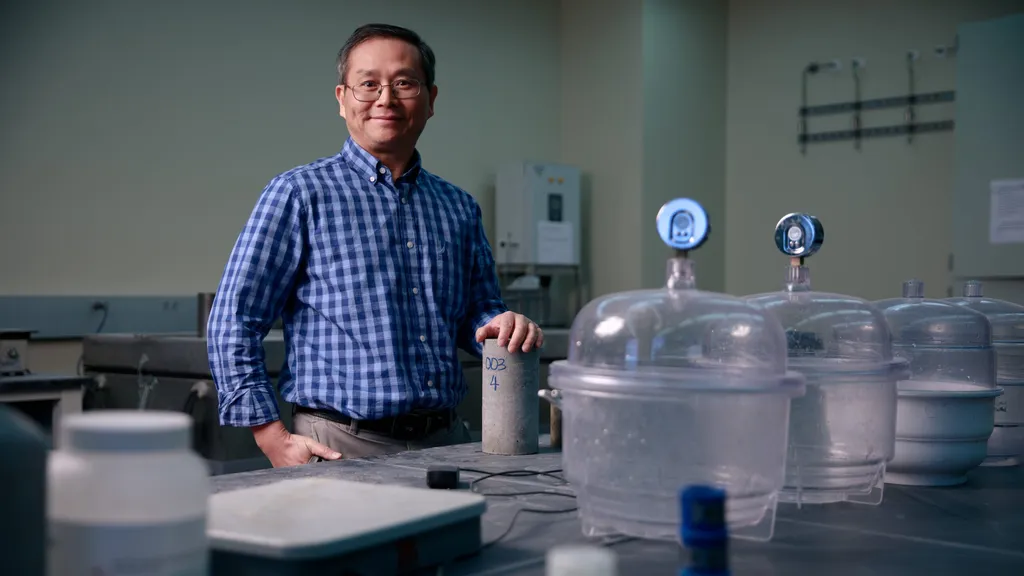In a groundbreaking stride towards sustainability, researchers have unlocked a novel method to synthesize Calcium Silicate Hydrate (CSH) using industrial waste, opening doors to innovative applications in construction, decoration, and high-tech industries. The study, led by Tran Ngo Quan from Ho Chi Minh City University of Technology (HCMUT) and Vietnam National University Ho Chi Minh City, explores the potential of photovoltaic (PV) waste glass and carbide sludge as raw materials for CSH production, promoting a circular economy and environmental protection.
CSH is a versatile material renowned for its unique mechanical and physical properties. However, traditional synthesis methods often rely on non-renewable resources. This research presents a greener alternative by utilizing waste materials, specifically PV waste glass as a silicon source and carbide sludge as a calcium source. “Our approach not only addresses the challenge of industrial waste treatment but also contributes to the development of sustainable construction materials,” Quan explained.
The synthesis process involved hydrothermal conditions, using either NaOH or H2O at 180°C for 96 hours. The resulting materials were analyzed using various techniques, including XRD, FT-IR, and SEM, to identify their phase compositions and characteristic structures. The synthesized CSH exhibited crystal structures similar to Xonotlite and Tobermorite minerals, demonstrating the effectiveness of the waste-derived synthesis method.
One of the most compelling aspects of this research is the material’s ability to remove chromium (Cr(III)) from wastewater. The CSH samples were tested for chromium adsorption by immersing them in simulated Cr(III) wastewater and analyzing the results with UV-Vis spectroscopy. The findings were impressive, with adsorption efficiencies reaching up to 98.9%. “This research highlights the potential of using waste materials to synthesize CSH via a hydrothermal method and demonstrates its effectiveness in removing Cr(III) from wastewater,” Quan stated.
The implications of this research extend beyond waste management and environmental protection. The synthesized CSH could find applications in various industries, including construction, interior and exterior decoration, and high-tech sectors. The material’s unique properties and cost-effective production method make it an attractive option for commercial applications.
Moreover, the study suggests that further investigation into the adsorption capacity of CSH for other heavy metals could yield even more significant benefits. This research, published in the Journal of Applied Science and Engineering (Khoa Học và Kỹ Thuật Áp Dụng in Vietnamese), paves the way for future developments in sustainable materials and waste management practices.
As the world grapples with the challenges of industrial waste and environmental pollution, innovative solutions like this one offer hope for a greener, more sustainable future. The research led by Tran Ngo Quan and his team at HCMUT and Vietnam National University Ho Chi Minh City is a testament to the power of scientific innovation in addressing global challenges.

